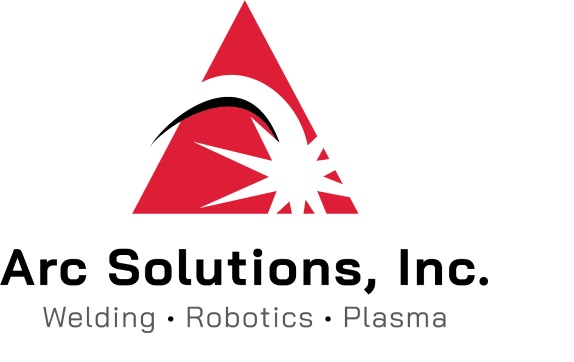Guidelines for Welding Tools: Everything You Need to Know

Welding is a complex process that requires specialized tools and equipment to ensure safety and quality. Welding tools can range from simple hand tools to sophisticated machinery, each with its specific purpose and function. Understanding various welding tools and their proper usage ensures success in a welding project. This article will explore the different types of welding tools, their functions, and the safety precautions to take when using them.
What are Welding Tools?
Welding tools are specialized tools and equipment used in joining two or more pieces of metal or thermoplastics by melting and fusing them. Welding tools range from simple hand tools like hammers and pliers to sophisticated machinery like TIG, MIG, and stick welding machines. These tools are used to shape, clean, cut, drill, and weld metal and thermoplastic materials to create a wide range of products ranging from metal sculptures to bridges and buildings. Proper usage and maintenance of welding tools is essential to ensure safety and achieve the desired results in welding projects.
Different types of welding tools
Welding tools can be classified into various categories, including hand, power, and welding machines. Hand tools include hammers, pliers, wire brushes, chisels, and measuring tools. These tools are used for various purposes, such as shaping and cleaning metal surfaces, holding work pieces in place, and measuring dimensions.
Power tools can be used to speed up the welding process and include items like grinders, saws, and drills. These tools cut and shape metal, remove rust and paint, and drill holes in work pieces.
Welding machines generate the heat necessary for welding, and they include tungsten inert gas, metal inert gas, and stick welding machines. TIG welding machines are used for precise, high-quality welds on thin metals, while MIG welding machines are suitable for welding thick metals.
Stick welding machines are used for welding in outdoor environments and for heavy-duty welding applications. Understanding the different types of welding tools and their functions is crucial to achieving the desired results.
How to Choose the Right Welding Tools for the Job
Choosing the right welding tools for a particular job is crucial to achieving the desired results. Several factors should be considered when selecting welding tools, including the type of material being welded, the thickness of the material, and the welding process used.
When selecting hand tools for welding, it is essential to consider the welding type. For example, if the project involves sheet metal, a set of tin snips would help cut and shape the metal. If the project requires pipe welding, pipe wrenches, and clamps would help hold the pipe in place.
Safety Precautions when Using Welding Tools
Welding can be hazardous, and proper safety precautions should be taken to prevent accidents. One of the most critical safety measures when using welding tools is wearing appropriate protective gear, including a welding helmet, gloves, and clothing made of fire-resistant materials.
Welding should also be performed in a well-ventilated area to prevent the buildup of harmful fumes and gasses. In addition, welding tools should be used correctly and follow the manufacturer’s instructions to avoid accidents. For example, welding machines should not be operated with wet hands or while standing on a damp surface.
Inspecting welding tools regularly for defects and wear and tear, such as frayed cables or damaged welding masks, is also essential. By following these safety precautions, welders can minimize the risks associated with welding and ensure a safe and successful welding project.
Welding tools are an essential part of the welding process, and understanding their proper usage and maintenance is crucial for achieving quality results and ensuring safety. Adequate care of welding tools, such as cleaning and regular inspection, can help extend their lifespan and effectiveness.







